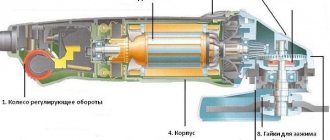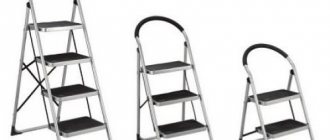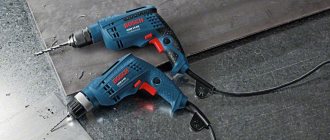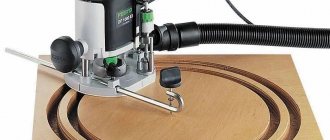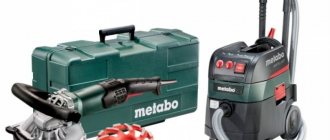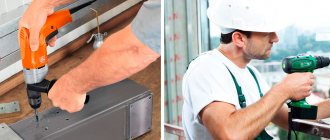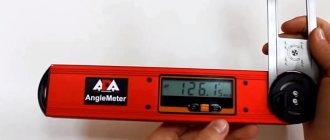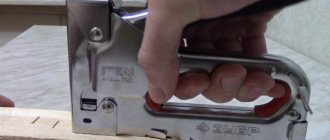The hand drill has been known to mankind for quite a long time - Roman legionnaires used such devices when building their camps. Prototypes of modern electric drills appeared in the second half of the 19th century and, not surprisingly, were mainly used by dentists. At the turn of the century, drills came into industry, and in the first half of the 20th century, the electric drill acquired its modern appearance and layout. Now, in the early 20s of the 21st century, if not every household has an electric drill, then it will certainly be found in the toolbox of every craftsman. And if not, but you are thinking about which drill to buy, then our top 10 best drills of 2022 will help you figure it out.
No. 1. The purpose of the drill. Difference from a hammer drill and a screwdriver
The main purpose of a drill is to drill holes in various types of materials. A regular drill can easily handle metal, wood, drywall and other not particularly dense surfaces. An impact drill can easily drill through concrete, stone and brick. Special-purpose devices can replace a screwdriver and a construction mixer, and with special attachments, a drill can be used to grind surfaces.
Drill
An impact drill can replace a hammer drill , since, in addition to rotation, it also has impact force. That is why it can be used to easily make a hole in concrete. On the other hand, if you are going to work mainly with concrete and other dense materials, then it is better to take a hammer drill - it is designed for constant loads of this kind and will last longer. Otherwise, the paths of the rotary hammer and the impact drill diverge. The designs of these devices are radically different, so the rotary hammer can handle many processes that require high power. It is used for chipping walls, chipping tiles, and chipping bricks. The main function of a rotary hammer is to chisel, while for a drill this function is to drill.
The difference between a drill and a screwdriver can easily be found by a person who generally knows little about repair work. If a drill drills holes, then a screwdriver is needed to tighten and unscrew screws and bolts. The rotation speed of the screwdriver chuck is much lower, and this tool has fewer settings. There are drills with a screwdriver function - this is a universal tool at home. If you drill and screw in self-tapping screws at the same frequency, it is better to take two separate tools so that the drill does not suddenly fail.
No. 2. Household and professional drills
Like many other power tools, drills are divided into two main types:
- household, for home use;
- professional.
Sometimes there is also a transitional type - semi-professional drills . The operating principle of household, professional and semi-professional devices is the same - the difference is in power, weight, price, set of functions and some other features.
A household drill will be preferable for the vast majority of simple home repairs. Its advantages, in addition to the lower price compared to professional tools, include:
- lightweight design, making it easier to work with the tool;
- versatility. Household drills are often equipped with additional functions, such as a screwdriver and a mixer, and there are quite a lot of components in the case with them. Professional drills are focused on performing a specific task, therefore they are inferior in terms of versatility;
- good protection and thoughtful design make working with a household drill more convenient and safe, which is very important for an inexperienced user;
- The warranty on household drills is usually higher than on professional tools.
On the other hand, you cannot use a household tool for more than 4 hours a day , otherwise the drill will quickly break. The optimal time for continuous work is 15-20 minutes, after which the tool is allowed to rest and cool for about the same amount of time, then you can return to work again. The thing is that for the assembly of household models they use less powerful engines and less strong materials. This does not mean that the drill will break quickly - it means that it is designed for light or irregular loads
If you have to regularly work with a drill for 5 or more hours a day, then it is better to take a professional tool. It is distinguished by the presence of a powerful engine that can easily withstand heavy loads without overheating or breaking down. A professional drill can work continuously for more than an hour and about 7-8 hours a day, with short breaks. Such a tool is more expensive than a household tool, less versatile, heavier, but better protected from dust and moisture, and even a professional cannot do without it.
Semi-professional drills are a fairly limited class of devices. Transitional models can be represented by household drills with some properties from professional ones, or professional ones, but without any elements.
Which drill to choose depends on what kind of work and how often you plan to do it. If you need it to hang a shelf or picture if necessary, then you can safely go for the household version. If repairs are your main or additional income, then it makes sense to consider professional drills.
How to choose a drill - selection criteria
Before buying a tool, it is worth studying the criteria that the drill must meet. Based on them and your needs, you can choose a suitable drill model.
ZIMASALE700 700 from 7000 RUR
